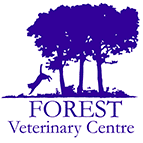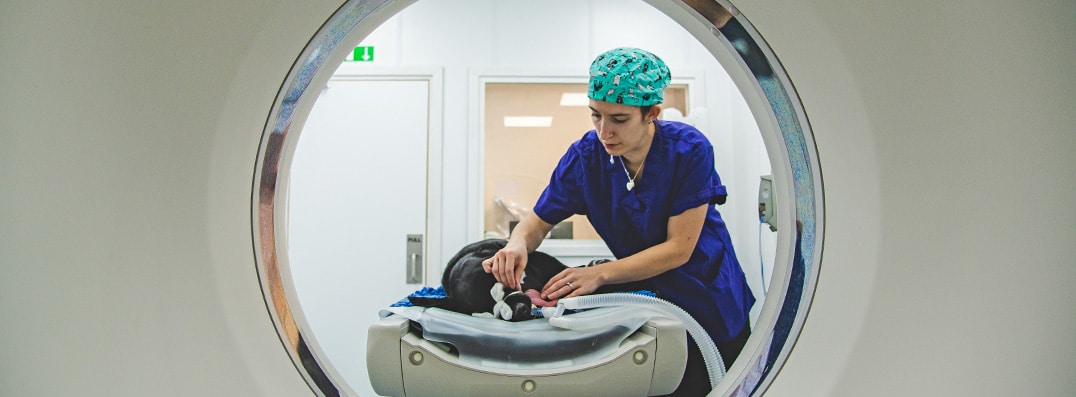Brachycephalic obstructive airway syndrome (BOAS) is commonly seen in dogs that have been bred to result in a shortened facial profile and include popular breeds such as Pugs, French Bulldogs, English Bulldogs and Cavalier King Charles Spaniels. The result is one or more of the following problems:
- Stenotic nares (narrow nostrils)
- Elongated and thickened soft palate (excess tissue at back of throat)
- Enlarged tonsils
- Everted laryngeal saccules (collapse of the upper airway)
- Hypoplastic trachea (narrow airway into lungs)
- Aberrant and/or overcrowded nasal turbinates (crowding of the inner nasal passages)
These dogs may have noisy breathing at rest, snore while sleeping, exhibit signs of sleep apnoea, or appear to be breathing through their open mouth all the time (panting). Others can show signs of acid reflux and ‘heartburn’ due to the increased pressure that is required to breathe. They can struggle to breathe even with gentle exercise and often become worse with strenuous exercise especially if the weather is hot. Excess body weight can make breathing more difficult in all situations. Affected dogs are at risk of hyperthermia (overheating), collapse, and sometimes sudden death.
Surgery can be helpful, especially if performed at a relatively young age (less than 18 months old) before some of the secondary, more damaging changes develop. Surgery to open the nostrils and shorten the soft palate can dramatically improve the flow of air through your dog's airway passages. In very severe cases. further surgery can be considered to remove excessively large tonsils, everted laryngeal saccules, or aberrant nasal turbinates. We strongly advise good weight control and to use a harness (rather than a collar) since pulling on the lead can further narrow the airways making it even more difficult to breathe.
Diagnosing the problem is usually straightforward since the abnormal breathing noises and narrow nostrils can be detected during a consultation but the remaining structure need confirmed by examination of the airways under anaesthesia or with advanced imaging. Following examination of the different structures (listed above), we can then determine which procedure (or combination of procedures) is best suited to your pet. Any initial corrective surgery can often be performed under the same anaesthetic. The surgical procedures are relatively straight forward and generally carry a very low complication rate.
Success rates with interventional surgery is usually good to excellent depending on the level of airway restriction there is to start with and the age at which surgery is performed. Your dog will still likely snore and snuffle but these changes may make a big difference to your dog's life on a hot day or when playing and exercising.
If you feel this may be of benefit to your dog or you wish to understand more, then feel free to discuss this with one of the vets at Forest Vets and we would be happy to advise as necessary.

